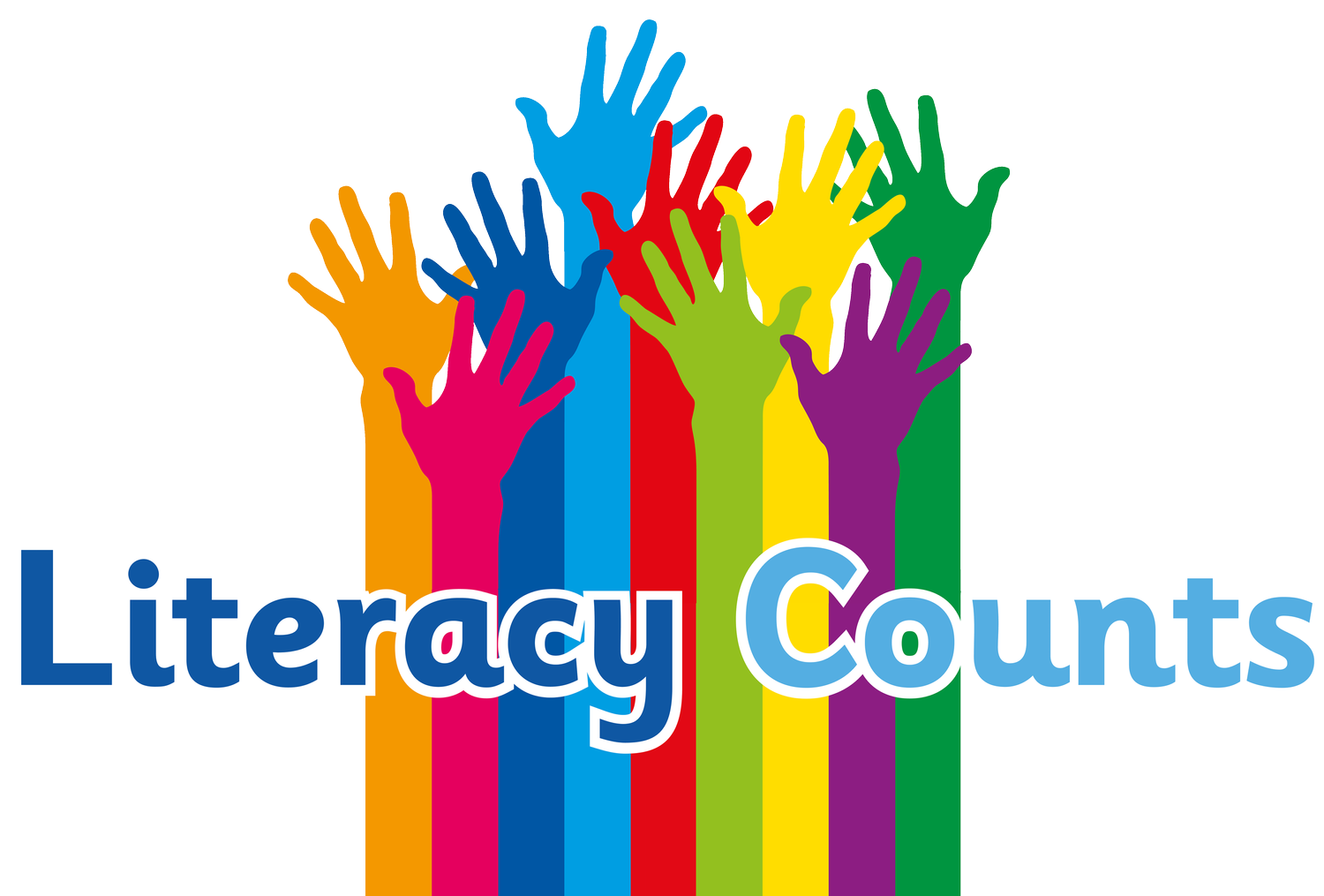Ready Steady Spell is a systematic, evidence-based primary spelling scheme for KS1 and KS2. Designed to build confident, accurate spellers from Year 2 to Year 6, it offers full National Curriculum coverage through a cyclical model that reinforces and embeds learning over time.
With engaging resources, memorable Rule Rhymes, and research-informed approaches to spelling strategies, Ready Steady Spell provides a consistent framework for teaching spelling across your school or Multi-Academy Trust (MAT).
Take a Closer Look at Ready Steady Spell
Explore our interactive flipbook brochure to discover how Ready Steady Spell provides a structured, evidence-based spelling programme for KS1 and KS2. Built around the National Curriculum spelling requirements, it offers a consistent and progressive approach to teaching spelling from Year 2 to Year 6.
Inside, you'll find details on our seven unique spelling strategies, lesson structure, Rule Rhymes, and assessment tools — all designed to support a whole school spelling approach. Whether you are a MAT leader or classroom teacher, this brochure shows how Ready Steady Spell can raise attainment and simplify delivery of the KS1 and KS2 spelling curriculum.
A Whole School Spelling Approach for Primary Schools
This structured spelling programme for schools supports all learners, including EAL learners and SEND children. Teachers are supported with ready-to-use resources, interactive slides, and assessment tools that make planning and delivery simple, impactful and saving teacher workload.
Whether you are a single-form entry school or part of a large MAT, Ready Steady Spell delivers a whole school spelling approach that is practical, progressive, and aligned with the KS1 and KS2 spelling curriculum.
Ready Steady Spell contains detailed guidance for effective implementation and supports teaching through resources that allow children to acquire subject skills & knowledge and an understanding of spelling strategies needed for accurate recall.
Furthermore, the beginning Year 2 spell lessons incorporate the Year 1 National Curriculum spelling rules and guidance that are not included in phonics teaching.
Get in touch for sample access, training details & bespoke costings for your school!
hello@literacycounts.co.uk
Book Free Webinar ~
Book Free Webinar ~
A Structured Spelling Programme for KS1 and KS2







Ready Steady Spell is an online membership with everything teachers and leaders need to deliver a dynamic and effective spelling curriculum, available at the click of a button.

“Ready Steady Spell has been an exceptional resource for our class this year. The Rule Rhymes are incredibly catchy, and my students absolutely love them. As a result, we have seen an improvement in their spelling abilities. The children now consistently score highly in their weekly spelling tests, a testament to the effectiveness of this resource. We are excited to continue with the scheme in September, and we are now exploring ways the scheme gives additional support to our lowest 20%. Thank you Literacy Counts.”
-A Cornish, Barton Moss Primary School
Fully Resourced
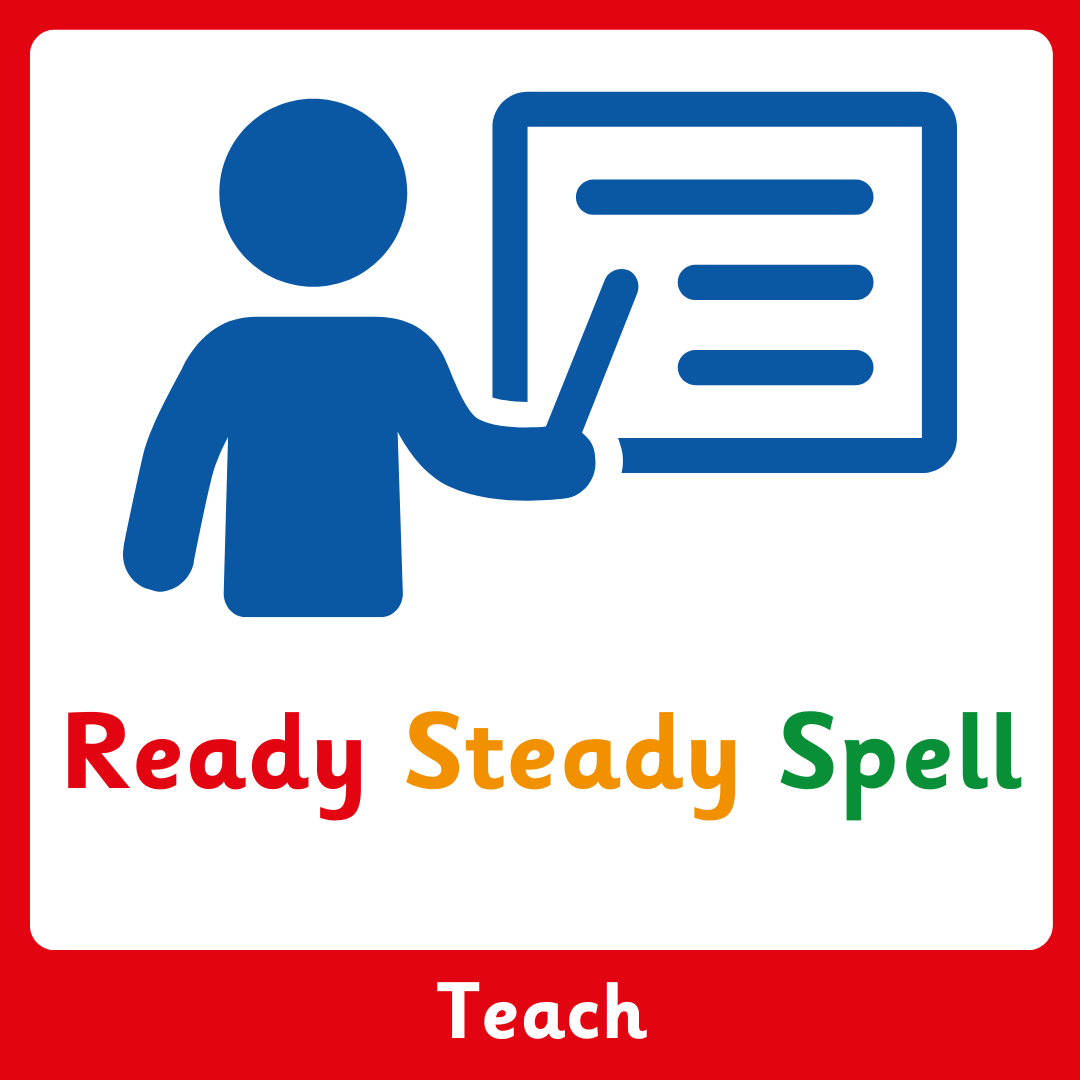
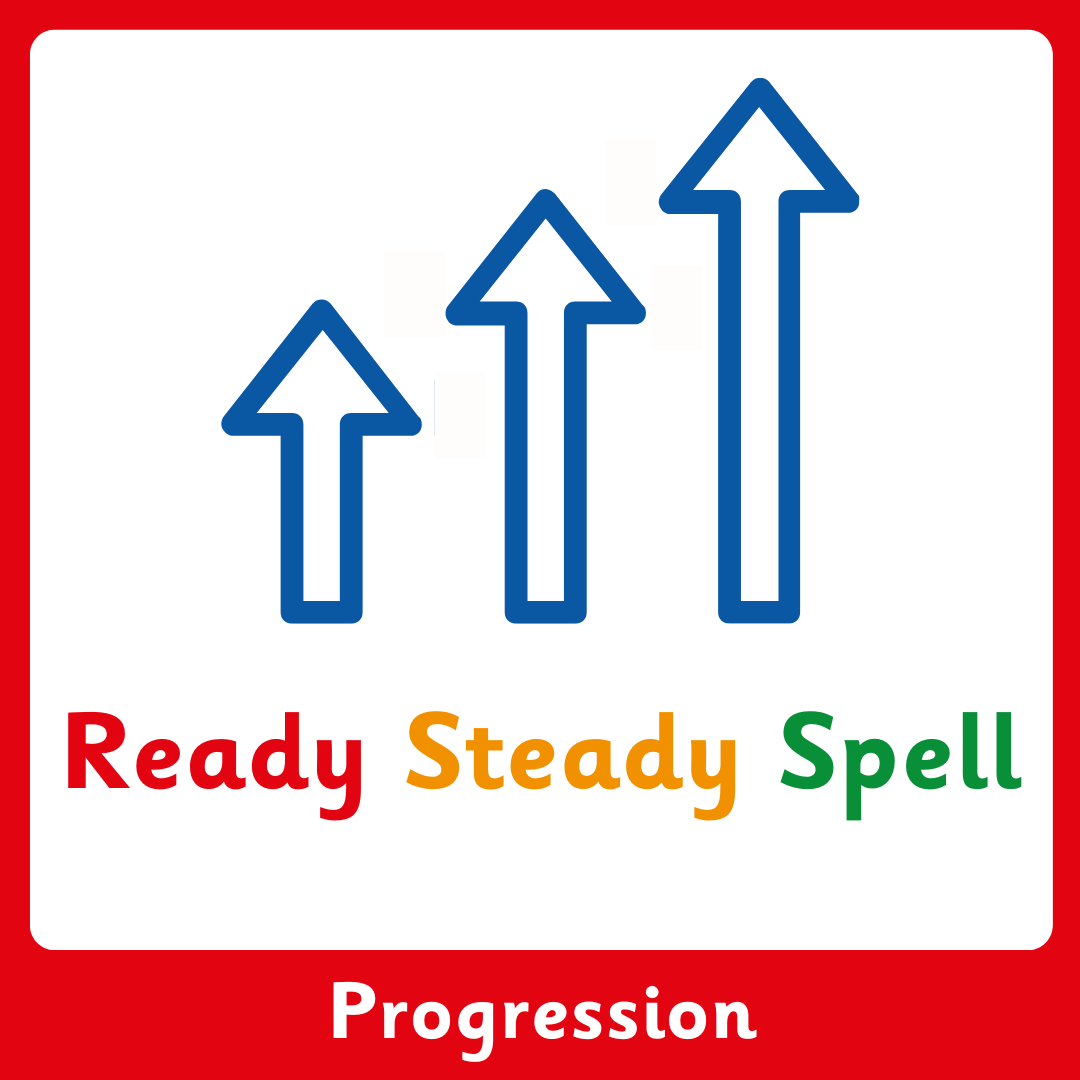
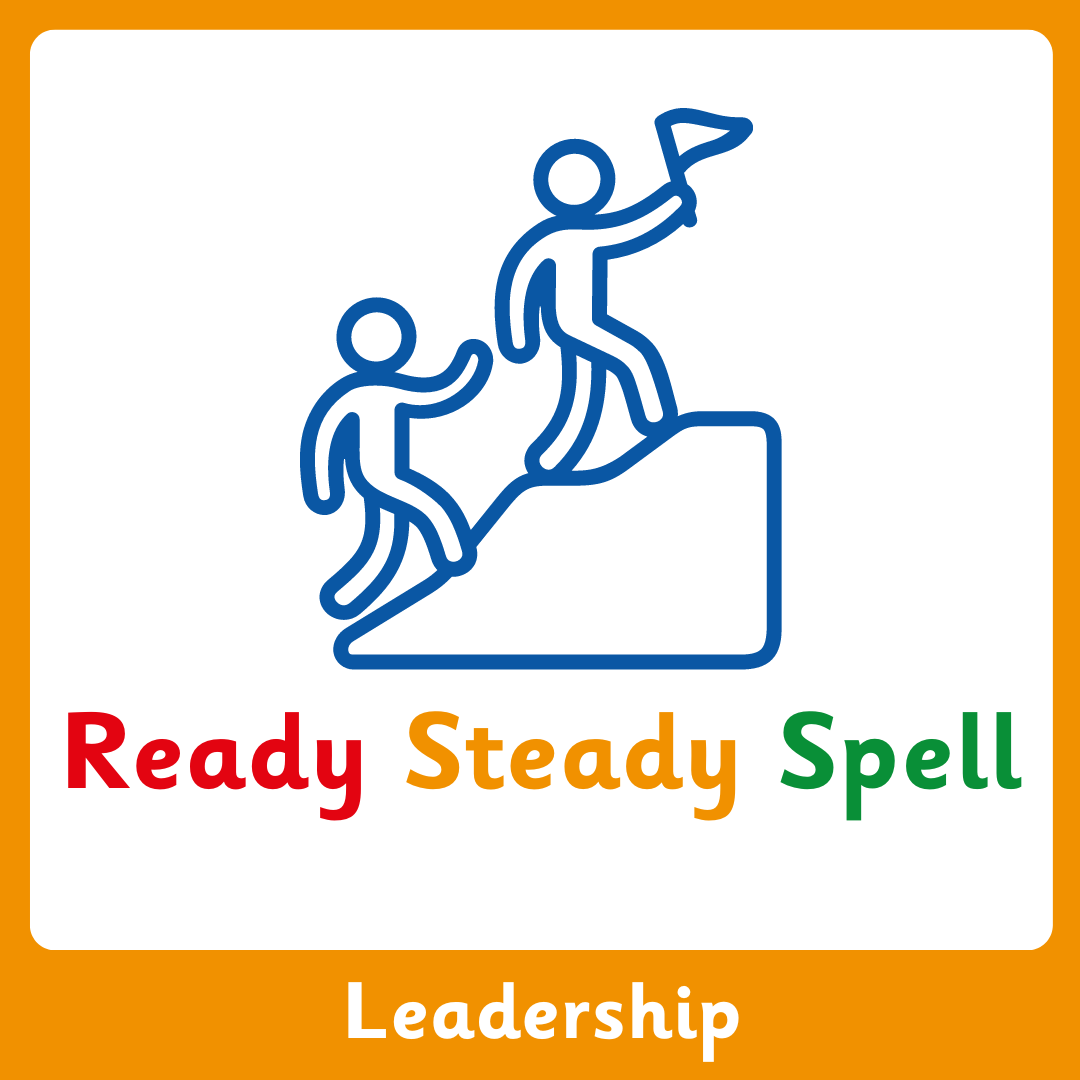
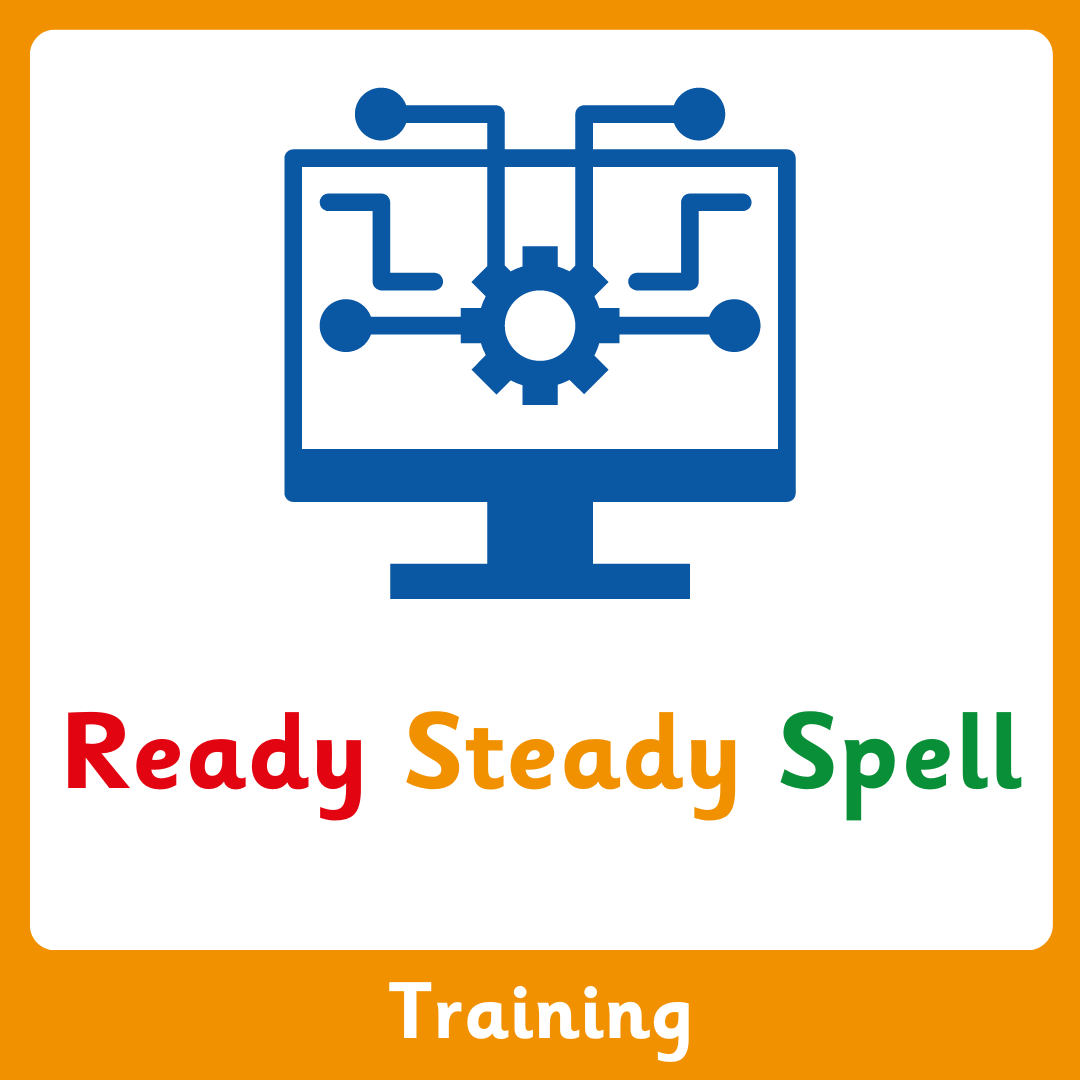
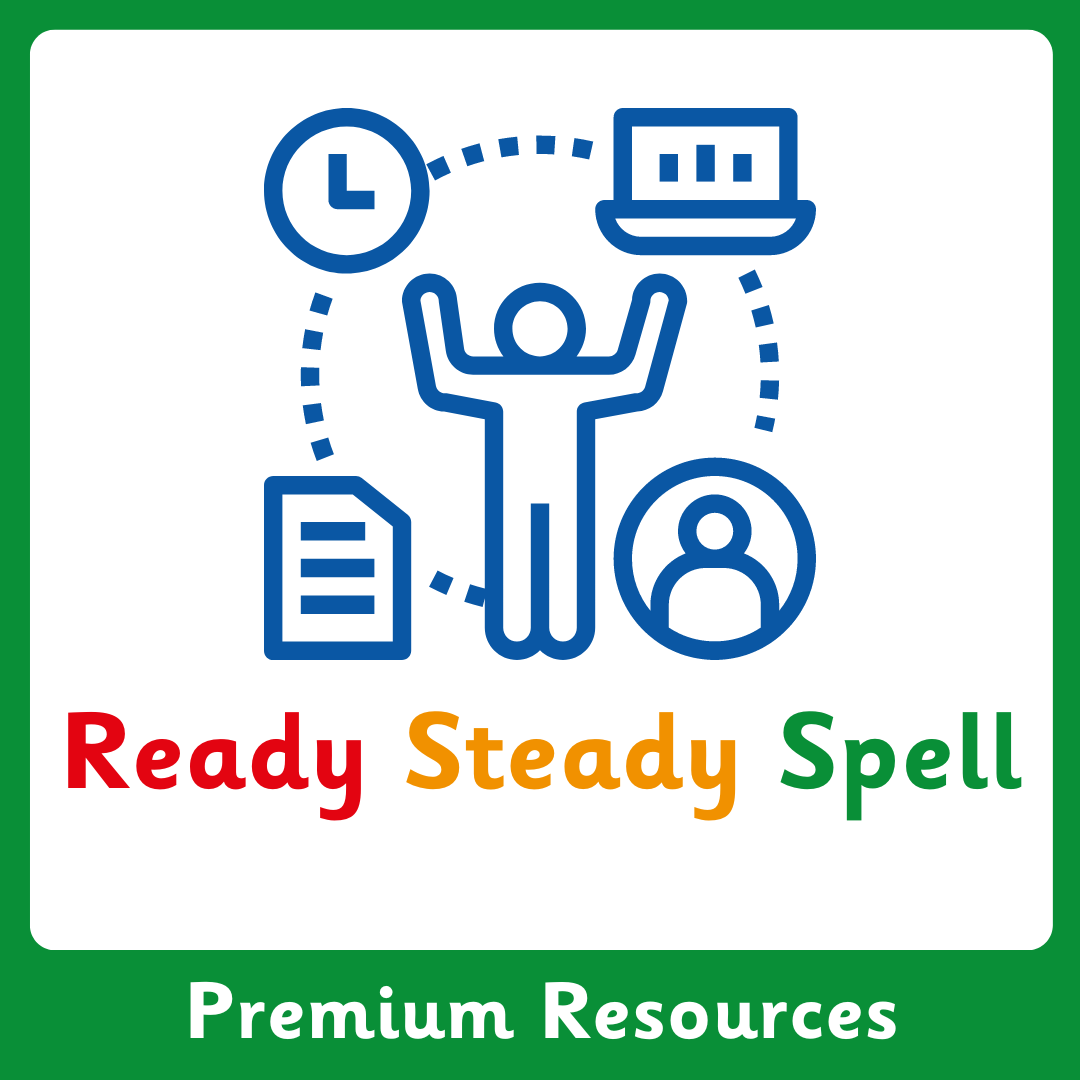
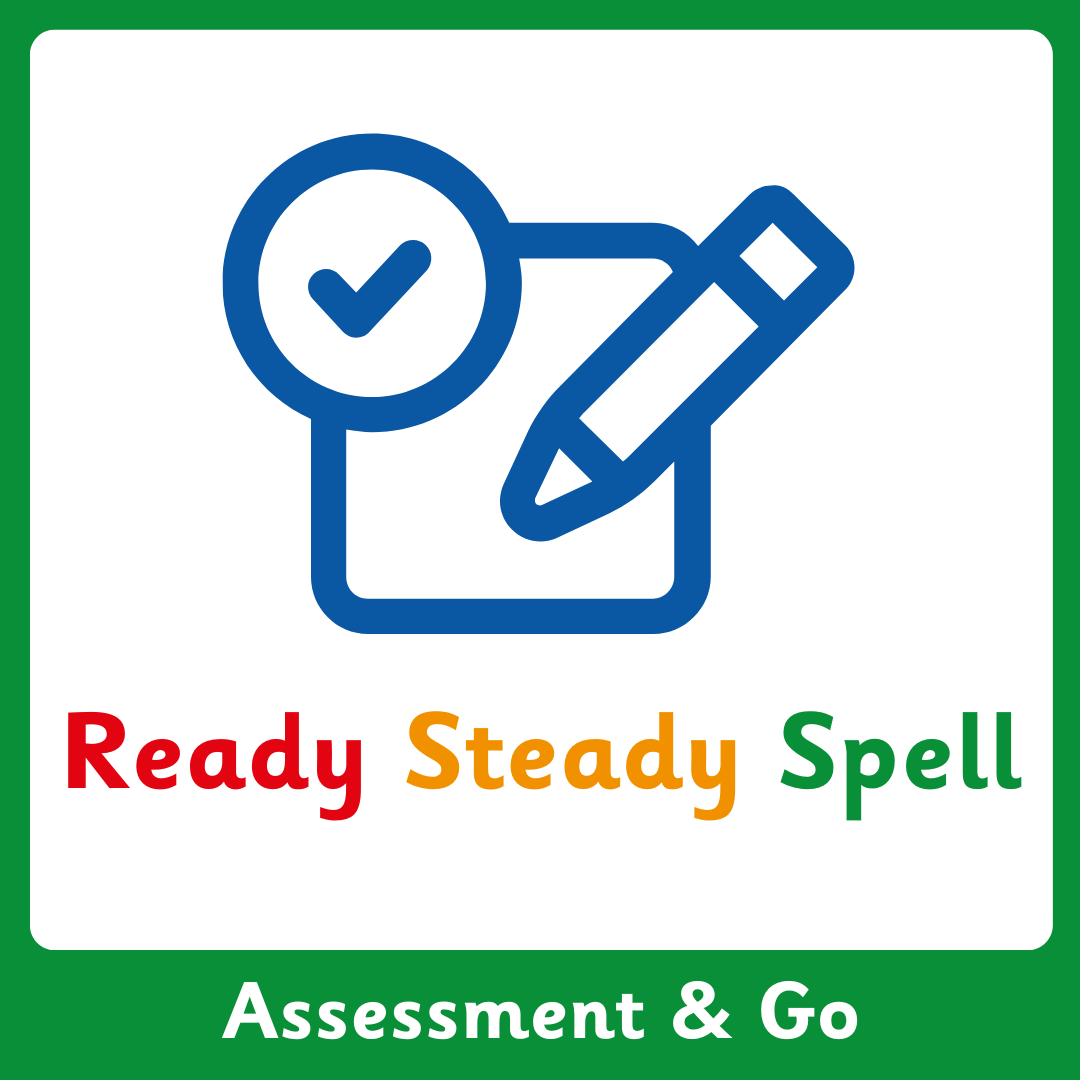

Pupil Booklets

Memorable Strategies

Daily Lesson Plans

Whole Class Learning

Daily IWB Lessons

Strategy Explainers
…and much more!

FAQs
-
Ready Steady Spell uses 7 key strategies to support children in becoming strong and accurate spellers. These are: Syll-a-beat, Phonic Sound, Word Build, Wrong Say Right Spell, Tricky Bit, Picture It and Rule Rhyme.
During the lesson a specific strategy is focused on and taught. However, the children are encouraged to discuss and consider whether this strategy works for them or whether they would prefer to use different strategy(ies). Further information is in the “Quick Look: Strategy Example” booklet on the website.
-
In Year 2 Ready Steady Spell is five lessons a week, which aligns with the DfE phonic expectations of a daily lesson.
In Years 3 - 6 Ready Steady Spell is three lessons per week.
Ready Steady Spell is approximately 20 mins for a spelling lesson, with an extra ten minutes allocated on the final lesson to incorporate the weekly spelling test.
-
Each lesson has a clear structure; Revisit, Teach, Practise and Apply. This aligns with the DfE expectations around phonics teaching and follows the similar 4-part lesson. This means children should be very familiar with the structure of the lesson.
-
When a school purchases Ready Steady Spell, whole school training is essential. Subsequent to that, schools can purchase further online/face to face training. Ready Steady Spell also provides online training videos and clips - but this is not a replacement for the recommended initial launch training.
-
Ready Steady Spell covers all the National Curriculum objectives from Year 1 – Year 6, however the programme begins in Year 2. There is some flexibility if schools choose to implement the scheme in Year 1.
-
Absolutely! This could be used as a whole class approach, small group or for 1:1’s. The analysis tools can identify the gaps in spelling and the lessons can then be used to address these. Teaching the strategies of spelling will support all pupils in giving them methods to help the recall and to apply the correct spellings.
-
Ready Steady Spell is designed to stand alone. This means it can be used in any school. The structure of the lessons follow the same structure of the 4 part phonic lesson that most schools use and therefore should be familiar to the children.
-
Ready Steady Spell is a stand-alone progressive spelling scheme which covers all the National Curriculum objectives from Year 1 to Year 6. As such it has been specifically designed to teach spelling and covers the objectives, CEW’s in Year 2 and the statutory word list words in Years 3 - 6. This means that it fits with any writing scheme a school may be using.
-
The programme has been written in a sequential and cyclical manner.
Ready Steady Spell works by revisiting the learning objective three times. The first time the children meet the new spelling objective it is called an ‘Introduce’. The second time is called ‘Reinforce’ and the third time is ‘Embed’. This means that children have many opportunities to overlearn the spellings, the rules and the strategies and to embed these into their Long-Term Working Memory. These three ‘visits’ happen within and across year groups.
Ready Steady Spell also has revision terms in Year 6 and at the end of Year 4, built in to return to the key spelling domains used at the end of KS2.
-
Yes! All schools have to cover the National Curriculum objectives for spelling, no matter what their size. This may be through a rolling programme and will depend on how the school organises their curriculum.
-
The programme has thorough assessment and analysis, which will identify the specific gaps in learning that children may have and what their need is. Ready Steady Spell Go is the intervention within the Ready Steady Spell programme, and it uses using the same ideas, techniques and teaching. This means that children are familiar with the songs, rhymes and strategies.
-
Ready Steady Spell will help many children with SEND. The programme works by overlearning spelling, so that the neural pathways embed and move the knowledge into the Long Term Working Memory. The programme also teaches spelling strategies to children so that they can find what works for them and use those strategies when appropriate. It teaches rules for spelling and embeds learning in an active, multisensory way, using songs, rhythm and patterns to support learning. There are also built-in opportunities for children to discuss their own learning and what works for them. This supports inclusivity and allows access for all children.
-
Formative
Each of the daily workbook sheets has a section along the bottom which can be filled in to support the formative assessment. The booklet also has a back sheet with prompts for the adult to consider during the teaching. This can be used to annotate observations during the lessons if required. Based upon these formative assessments, the teacher needs to be providing quick ‘keep-up’ opportunities during the day to revisit and consolidate the day’s learning.
Summative
Every six weeks there is an assessment interval with assessment materials provided. There is also an error analysis tool to delve deeper into specific difficulties.
Support materials are provided to help identify the bottom 20% and guidance in how to support.
Join our mailing list!
Join our mailing list to keep up to date with news and upcoming courses!
